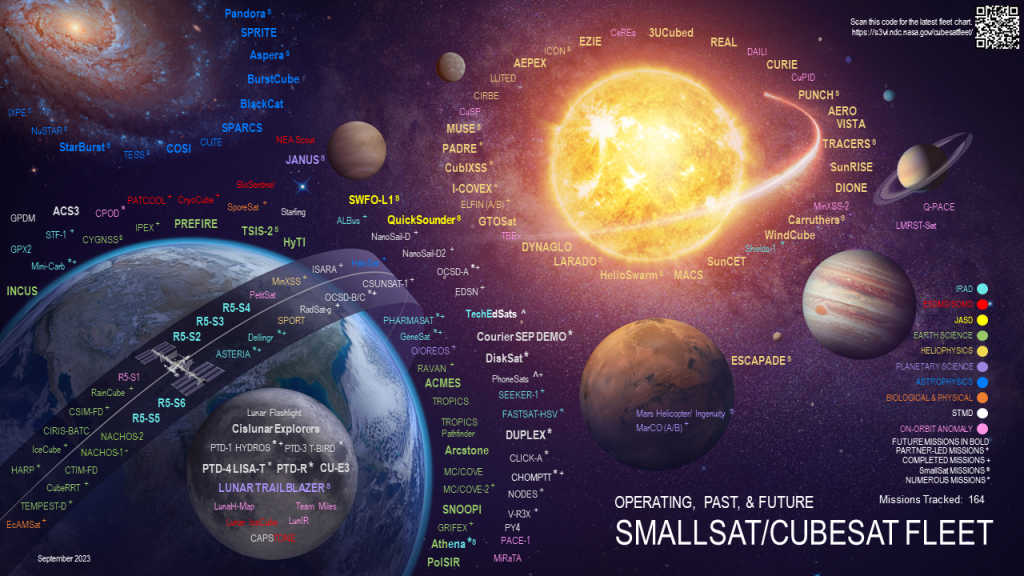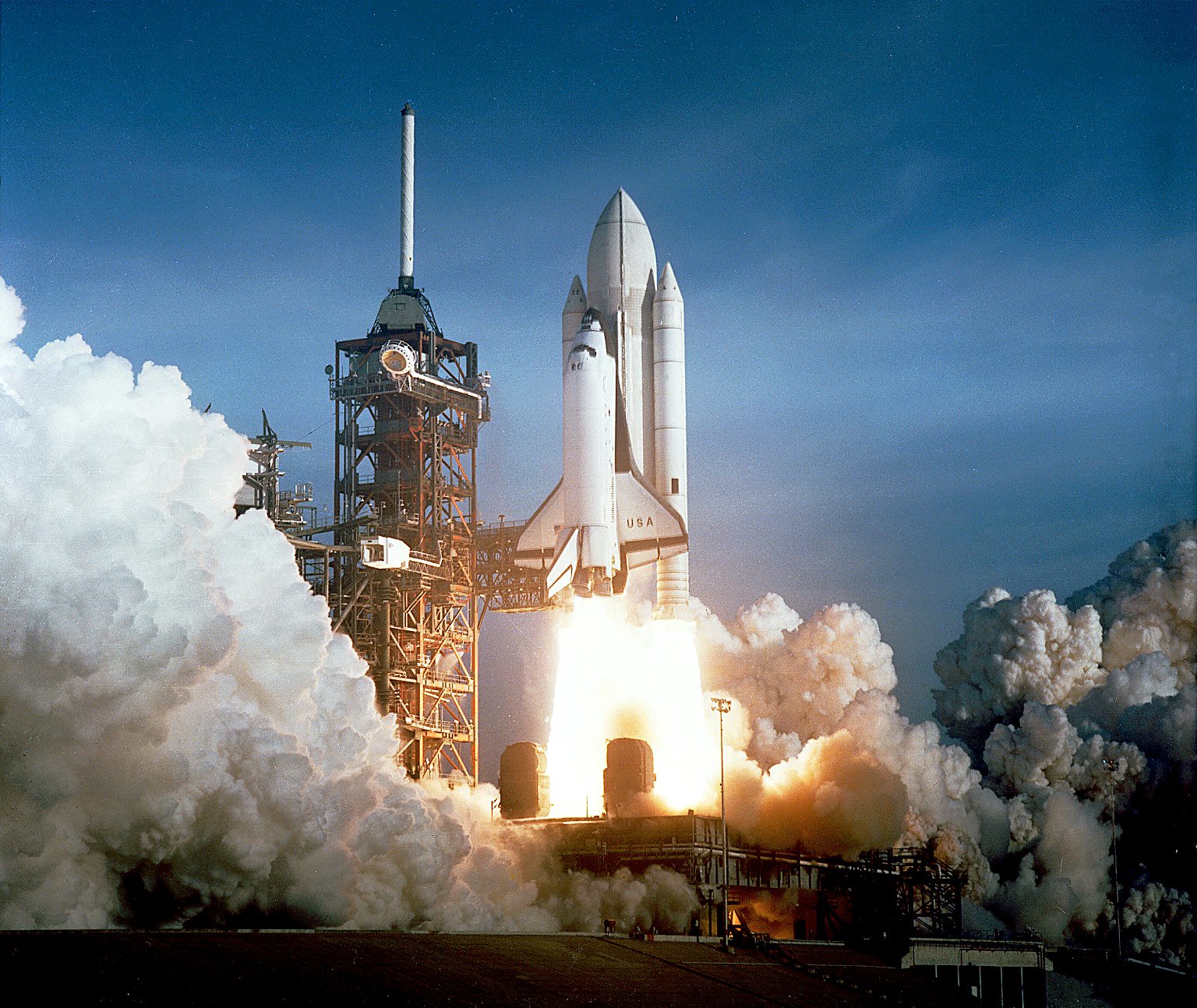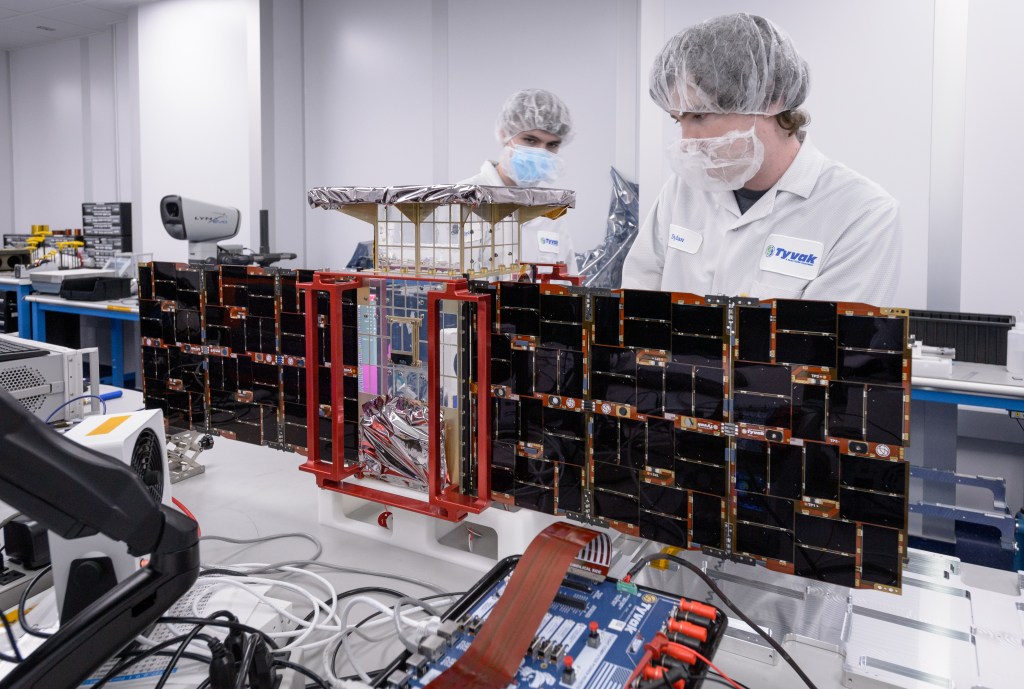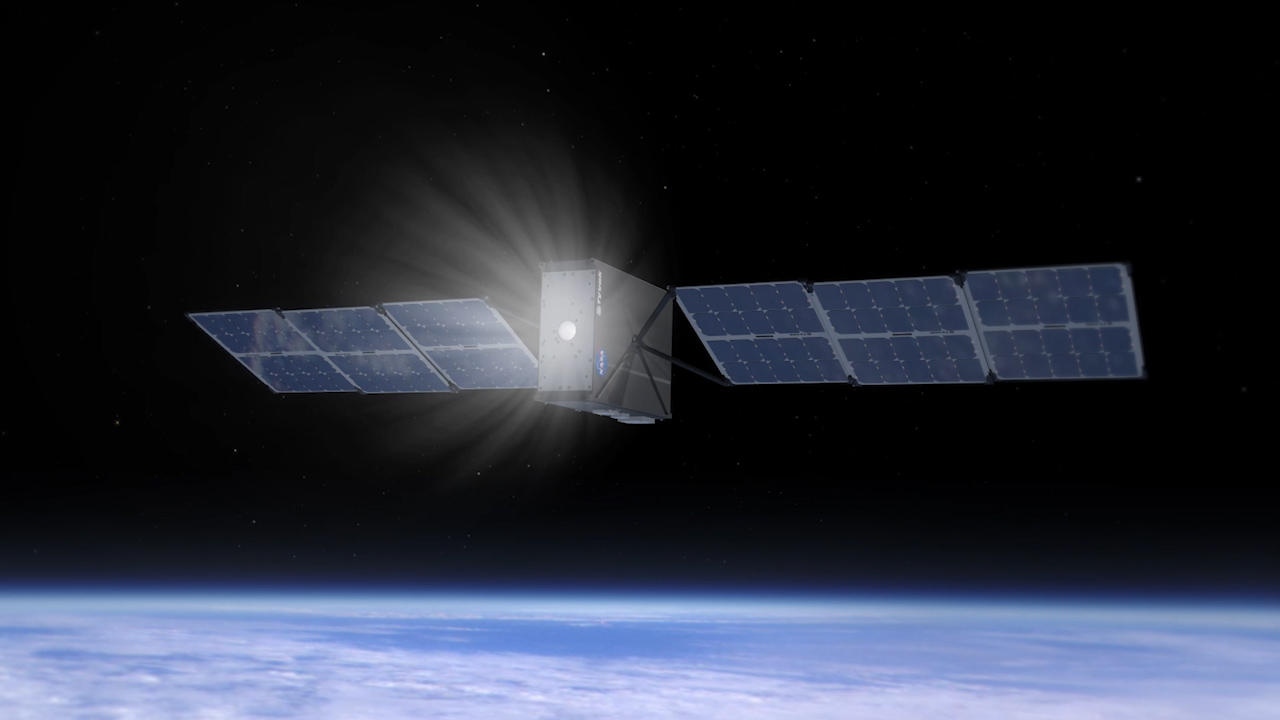


About the Small Spacecraft Systems Virtual Institute
The Small Spacecraft Systems Virtual Institute (S3VI) is chartered to perform the following: establish effective conduits for collaboration and the dissemination of information to increase overall awareness of NASA small spacecraft programs, opportunities and activities; capture and share best practices, emerging technology opportunities, and data; facilitate and execute special studies; and conduct external workshops and public events to share mission-enabling information with the small spacecraft community.
Director
Bruce D. Yost
Deputy Director
Craig D. Burkhard
Established
2017
Location
NASA Ames Research Center
The S3VI is physically located at NASA Ames Research Center, in California’s Silicon Valley. During S3VI’s first year, 2017, the institute established its virtual presence within the small spacecraft community at large, through development of its web portal. As the common portal for NASA-related small spacecraft activities, the S3VI continues to offer this online resource providing access to the Small Spacecraft Technology State of the Art report; the SmallSat Parts On Orbit Now (SPOON) database, one of a number of now federated databases in its Small Satellite Information Search capability; a collection of current NASA small spacecraft funding opportunities, and information on on-going small spacecraft related working groups hosted or supported by the S3VI.
In 2018 the S3VI debuted the common search capability, referenced above as the Small Satellite Information Search tool. The search capability serves as an entry point to NASA-internal and external databases that allows the public to search multiple databases for small spacecraft parts, technologies, papers and presentations, using a single search button. NASA’s Electronic Parts and Packaging (NEPP) radiation parts and publications databases, and TechPort joined SPOON in the federated database set in 2018. During this year, the S3VI initiated collection and review of space mission design tools that exist as publicly available software from NASA or the Open Source community. In December 2018 the institute released the Small Spacecraft Technology State of the Art report, which continues as an annual S3VI product.
In 2019 the S3VI launched its public bi-monthly webinar series to share information with the community on work NASA, partner agencies, and other members of the community are performing in the area of small spacecraft. During this year, the institute facilitated studies on topics of communications and navigation for small spacecraft lunar applications, as well small spacecraft propulsion systems. The institute also continued to expand its common search database set to include the archived Small Satellite Conference Proceedings presented from 1987 to 2019 and the SATSEARCH database which contains space products and services from global suppliers. In 2019 the S3VI hosted NASA’s first Small Spacecraft Mission Technical Interchange Meeting (TIM). Planned as an annual event, the TIM (currently called the Small Spacecraft Forum) gathers investigators from current and recent NASA-sponsored small spacecraft missions to share experiences with small satellite mission development and execution across all NASA mission areas.
The S3VI responded to reduced in-person events in 2020 by expanding the frequency of its increasingly popular S3VI webinar series to a monthly event and introduced its online newsletter to share resources and information with the community. 2020 also saw the addition of several databases to the Small Satellite Information Search to include the CubeSat Developers Workshop online proceedings database; Inter-Planetary Small Satellite Conference Proceedings database; and Parts, Materials, and Processes Encyclopedia (PMPedia). The SmallSat/CubeSat Fleet Chart and Missions Database, a graphic and compilation of NASA-sponsored missions, was added in 2020 to share current mission status and other details on a monthly basis. The S3VI also continued its sponsorship and support for a number of small spacecraft-focused conferences for both NASA and other government agencies, including the intergovernmental workshop on small spacecraft optical communications that was held virtually in December 2020.
In 2021 the S3VI continued focusing on virtual community engagement and hosted NASA’s second Small Spacecraft Forum as a virtual series of meetings. Over this past year, the institute rolled out its online Small Spacecraft Reliability Initiative Knowledge Base tool, a comprehensive and searchable online tool that consolidates and organizes resources, best practices, and lessons learned from previous small spacecraft missions to improve small spacecraft mission confidence. The addition of databases to the Small Satellite Information Search continued with the addition of SatSearch and CubeSat Launch Initiative reports. The S3VI hosted the Small Spacecraft Technology program’s first SmallSat Technology Partnerships Exposition and initiated a new webinar series called ‘Mission Accomplished’ to highlight the success of small spacecraft in helping to achieve science, exploration and technology goals for NASA.
The institute’s plans for 2022 include continuing development of its many publicly available products as well as a re-design of its web portal to improve functionality and utility. Additional products and activities include those that focus on industry and NASA-internal exchange.
The S3VI is sponsored by NASA’s Space Technology Mission Directorate (STMD).
For more information about the STMD, visit: www.nasa.gov/spacetech
For more information about the SMD, visit: https://science.nasa.gov
Please contact us if you have questions on the S3VI: Agency-SmallSat-Institute@mail.nasa.gov
Point of contact:
Bruce D. Yost
Director, Small Spacecraft Systems Virtual Institute
NASA Ames Research Center
Bruce.D.Yost@nasa.gov



























